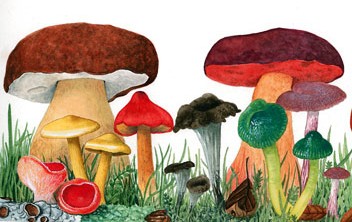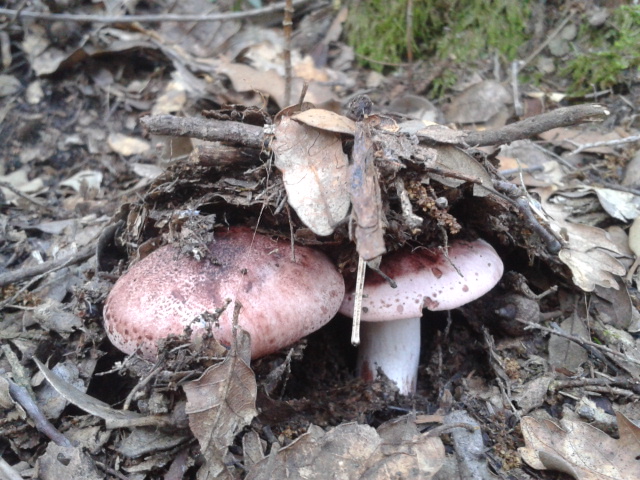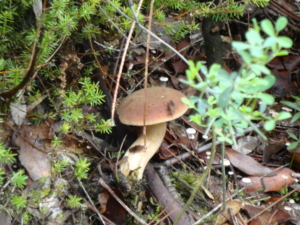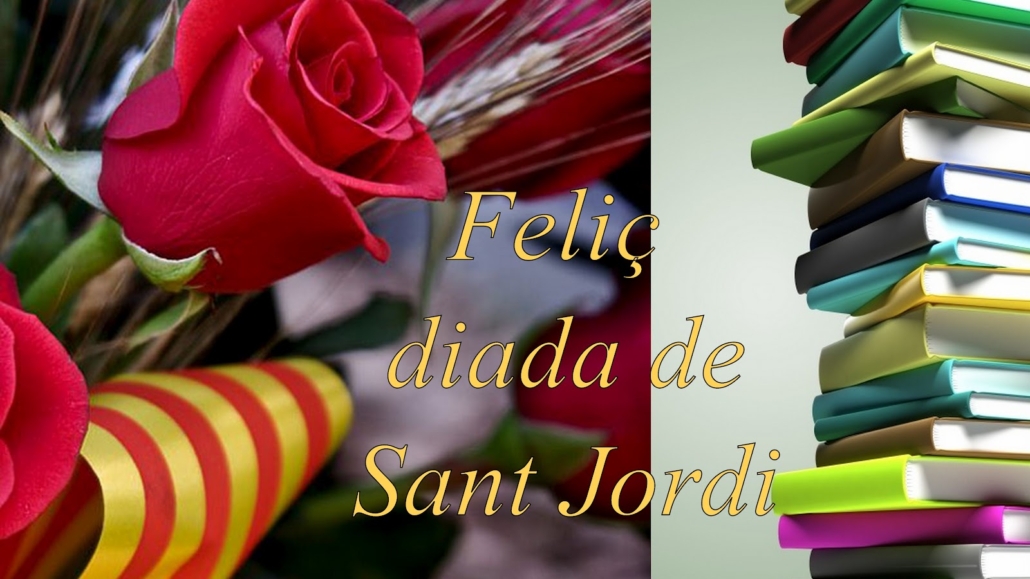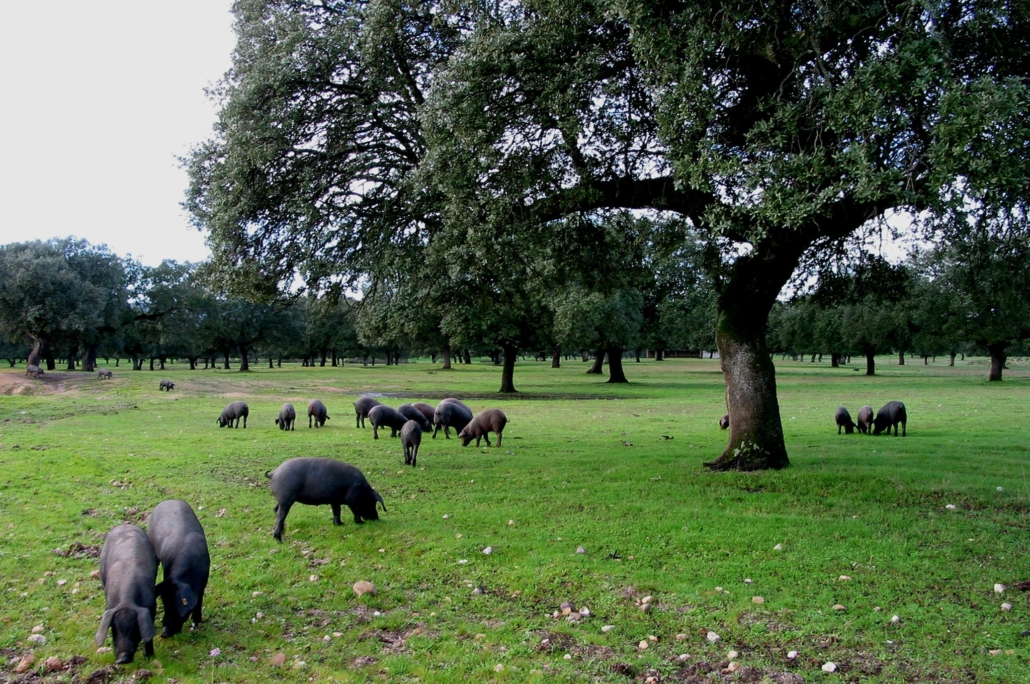
Salvador Dalí Domènech was born in May 1904 in Figueres, in the Empordà region of Catalonia, Spain. In 1929 he fell in love with Gala, who became his wife 5 years later. Throughout his lifetime Dalí experimented with many art forms, entered into the world of Hollywood and lived in the United States for 8 years. He rubbed shoulders with many intellectual and artistic personalities such as: Federico García Lorca, Pablo Picasso, Joan Miró, the Marx Brothers, Sigmund Freud, Walt Disney and Alfred Hitchcock.
Today, in numerous worldwide cities, Salvador Dalí creations are proudly exhibited, but his life and the majority of his works can be enjoyed in three distinct locations in the province of Girona, Spain, where they are collectively known as the “Dali Triangle”:
Púbol Castle near La Pera, Spain
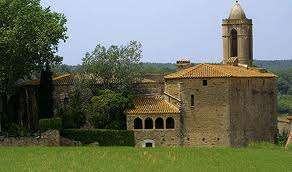
In 1969 Dalí purchased Púbol Castle, restoring and decorating it, for his beloved wife, Gala. The castle became her fairy-tale residence during the 1970’s. After her death, in June 1982, Dalí lost much of his will to live, and moved to the castle. The King of Spain, Juan Carlos I, had appointed Salvador Dalí the honourary title of Marquis of Púbol so it was only fitting that he lived there. But, after a fire in his bedroom, a suspected suicide attempt, in 1984, he moved to Torre Galatea, in Figueres, where he lived until he died in January 1989. The castle was opened to the public in 1996, and on display here are works that Dalí gave to Gala to decorate her home, along with a collection of her haute couture dresses, furniture and Dali’s treasured Cadillac.
Port-Lligat near Cadaqués, Spain
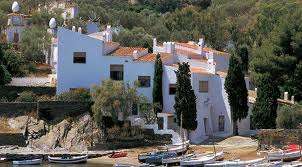 Salvador Dalí spent long periods of his youth here. He gained much inspiration from the surroundings and the light, which is evident in his painting. For over 40 years Dalí and Gala decorated the numerous fisherman’s huts, which they had bought at different times, and joined them together to make his beloved villa by the sea. The house was opened to the public in 1997 and here can be found Dalí’s studio and library, along with the couples living quarters.
Salvador Dalí spent long periods of his youth here. He gained much inspiration from the surroundings and the light, which is evident in his painting. For over 40 years Dalí and Gala decorated the numerous fisherman’s huts, which they had bought at different times, and joined them together to make his beloved villa by the sea. The house was opened to the public in 1997 and here can be found Dalí’s studio and library, along with the couples living quarters.
But, there’s only really one place where you can see the broadest range of Dali’s works, from his earliest artistic experiences and his surrealist creations down to the works of the last years of his life. of Salvador Dalí’s best works in a museum that he personally designed and was laid to rest at: the Dalí Theater Museum in Figueres.
Dalí Theatre-Museum in Figueres, Spain
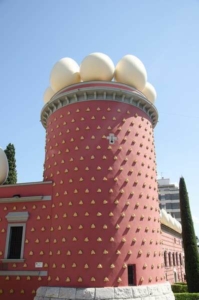
Built on the site of an old theater, the Dalí Theatre –Museum opened its doors in September 1974. The Municipal Theater of Figueres was originally constructed between 1849 and 1850 but was destroyed at the end of the Spanish Civil War in 1939. Only the basic structure was left standing as the auditorium ceiling had fallen in. The access corridors of the boxes remained, and the arch and lateral storerooms of the stage survived. The vestibule and the foyer were the only parts that remained more or less intact, and the theater remained abandoned like this for decades.
The ghostly remnants of the Theater attracted Salvador Dalí and he decided, early in the 1960’s, to construct his museum inside the ruins of the old Municipal Theater of his hometown, Figueres. Curiously, yet not coincidentally, the theater stands opposite the church where Dalí was baptized and it was precisely in the hall of the vestibule of the theater where Dalí presented his first exhibition.
Today, the museum receives thousands of visitors who travel from all over the world to marvel at the wacky wonders housed in this art mecca. This former city theater is now adorned with large bright white eggs and a pattern of golden bread, because he wanted visitors to do more than quietly stare at his work. He wanted them to be part of the experiment and have a chance to respond to his work just the way an applauding audience does.
In the case of the Dali Museum, you’ll want to have change on hand to participate. Otherwise, you may never know the glory of flooding a mannequin-filled Cadillac in the atrium, looking through binoculars that transform a painting of his wife Gala into Abraham Lincoln, or crucifixes made of the oddest things dancing to music.
The collection in the Dali Theater Museum is impressive, archiving works that show the evolution of this legendary artist from age 18, through his romance with his soul-mate Gala, up until Dalí’s last death-foreshadowing painting, The Happy Horse. From strange and subversive, to beautiful and dreamy, his mostly surrealistic work makes each room of the Dali Museum an adventure revealing something impressive about Dalí’s deep and twisted mind.
Salvador Dalí Dalí Domènech is buried in a crypt in the basement of the Theater–Museum.
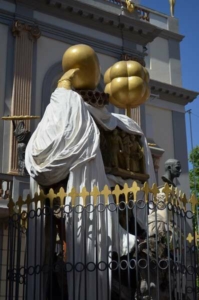
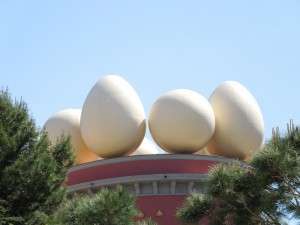
At Gourmand Breaks we are huge Dali enthusiasts, why not let us take you to experiment the works of this wackily tormented genius on our Highlights of Spain Private Tour which includes a private guided tour of the Dali Museum as well as visits to some of Spain’s most emblematic landmarks, prestigious wineries and more!
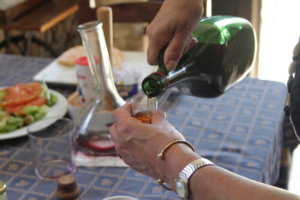

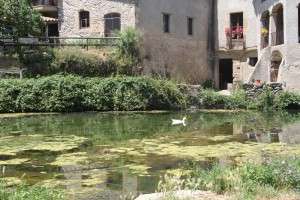
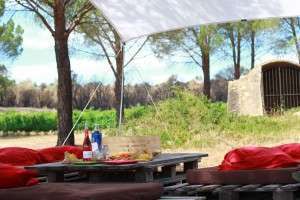
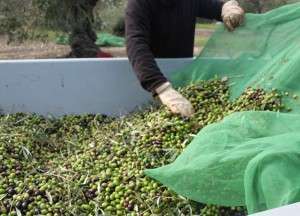
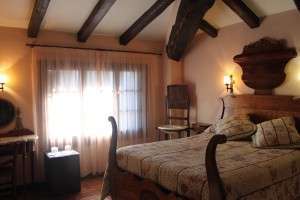
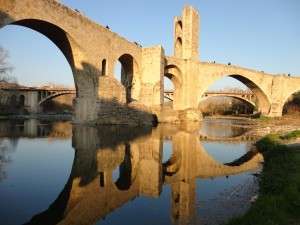
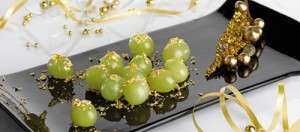
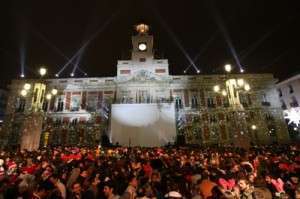
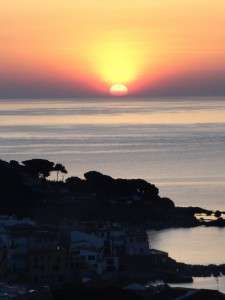








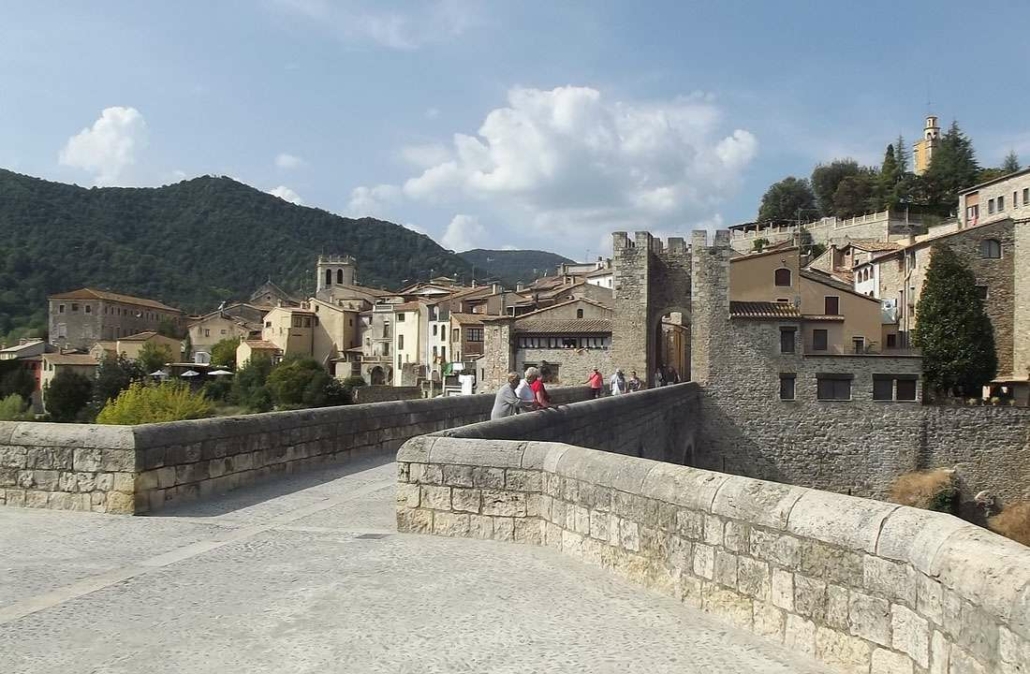
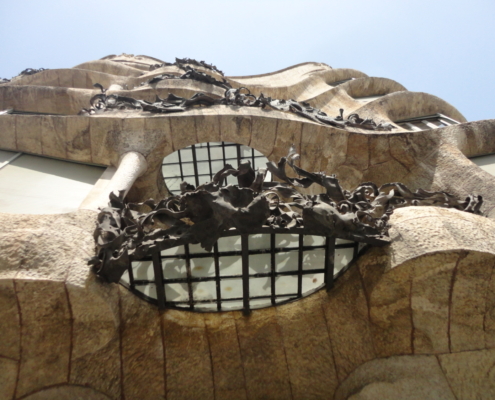
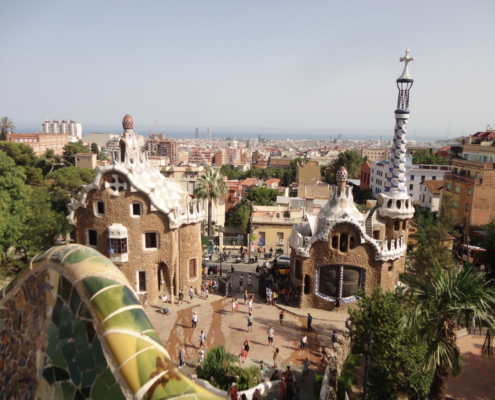
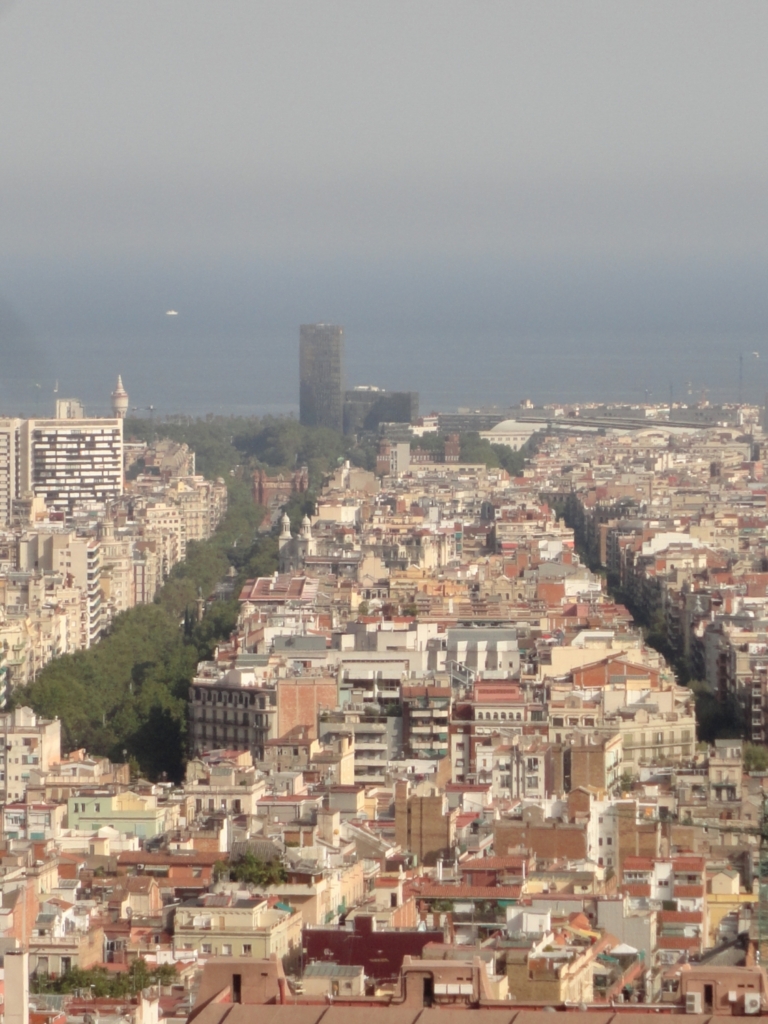
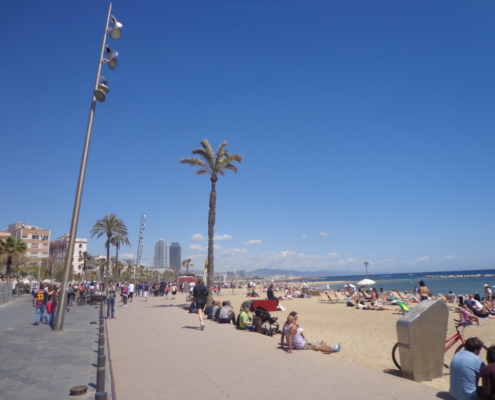
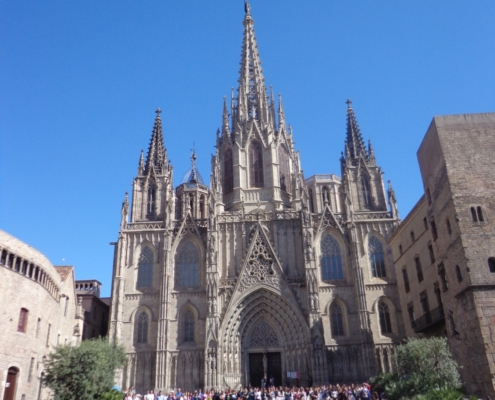
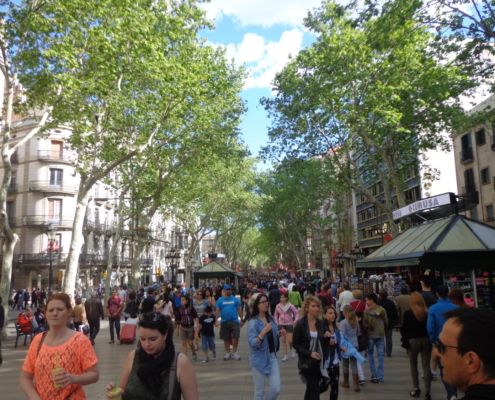
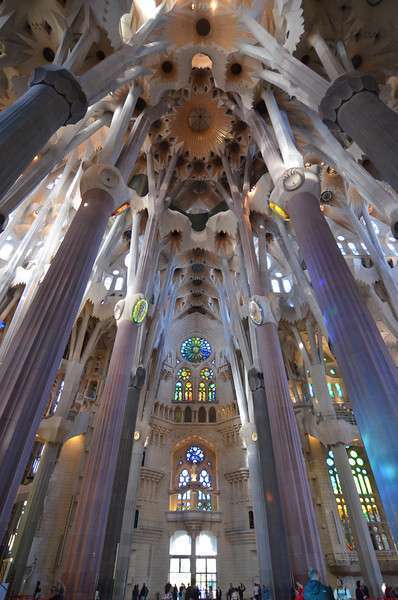
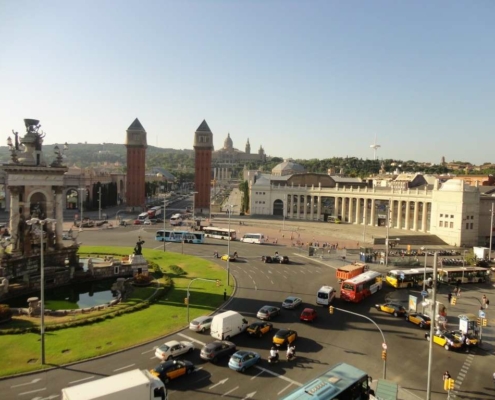
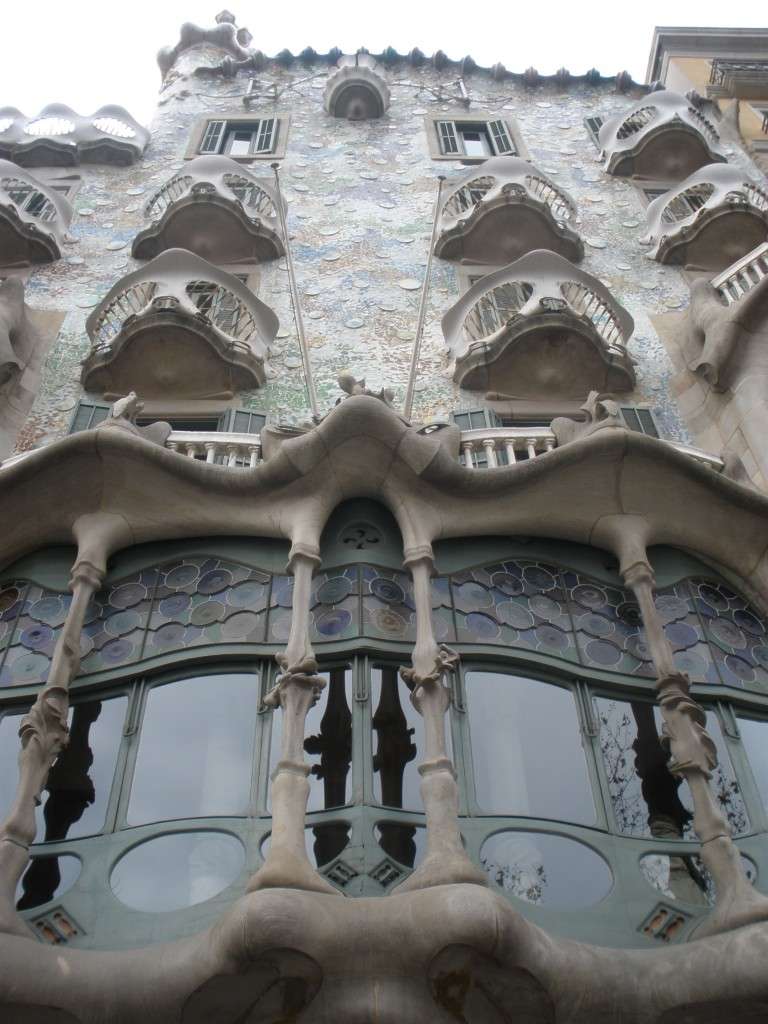
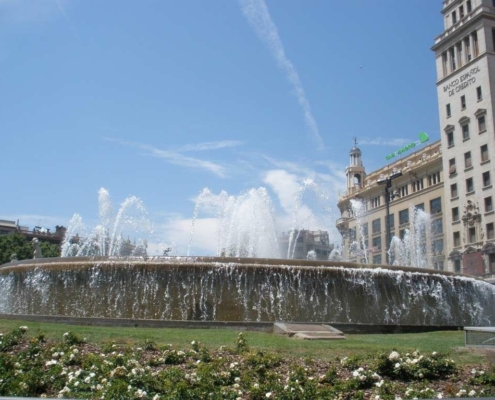
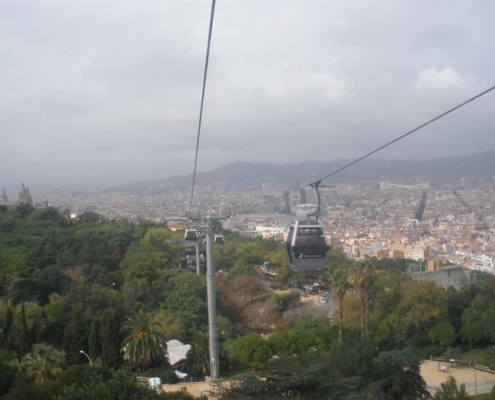
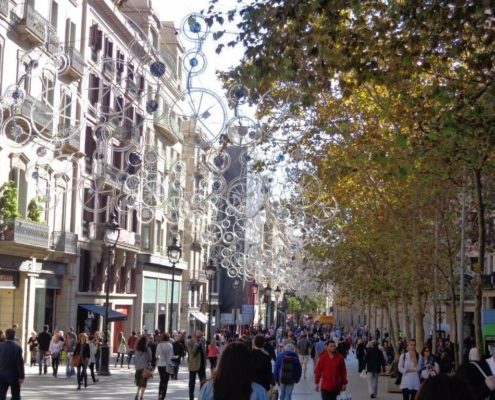
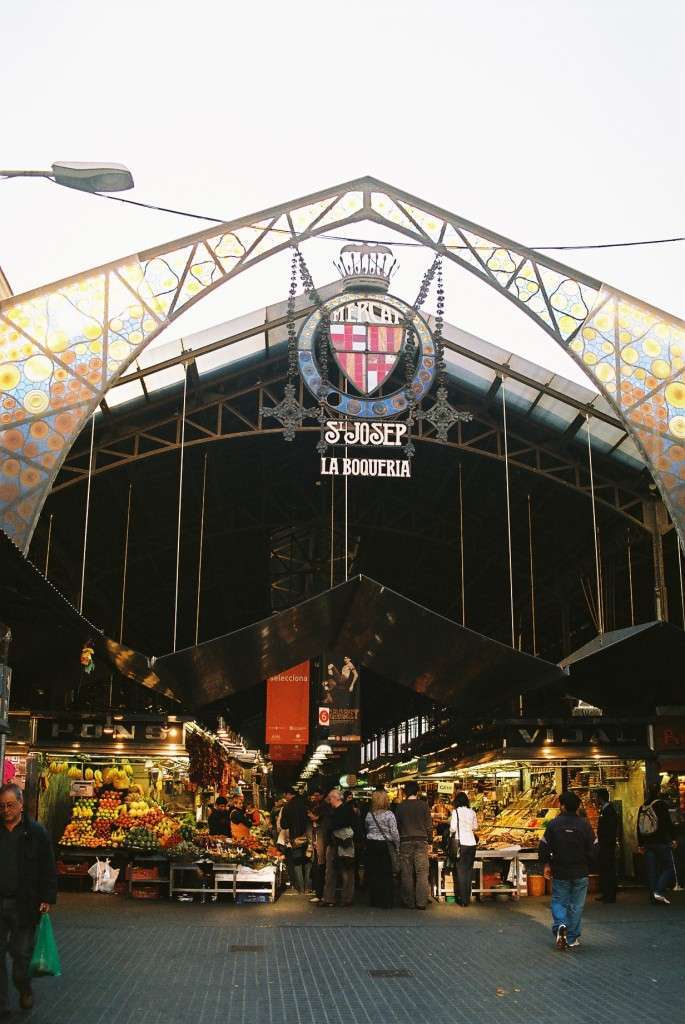
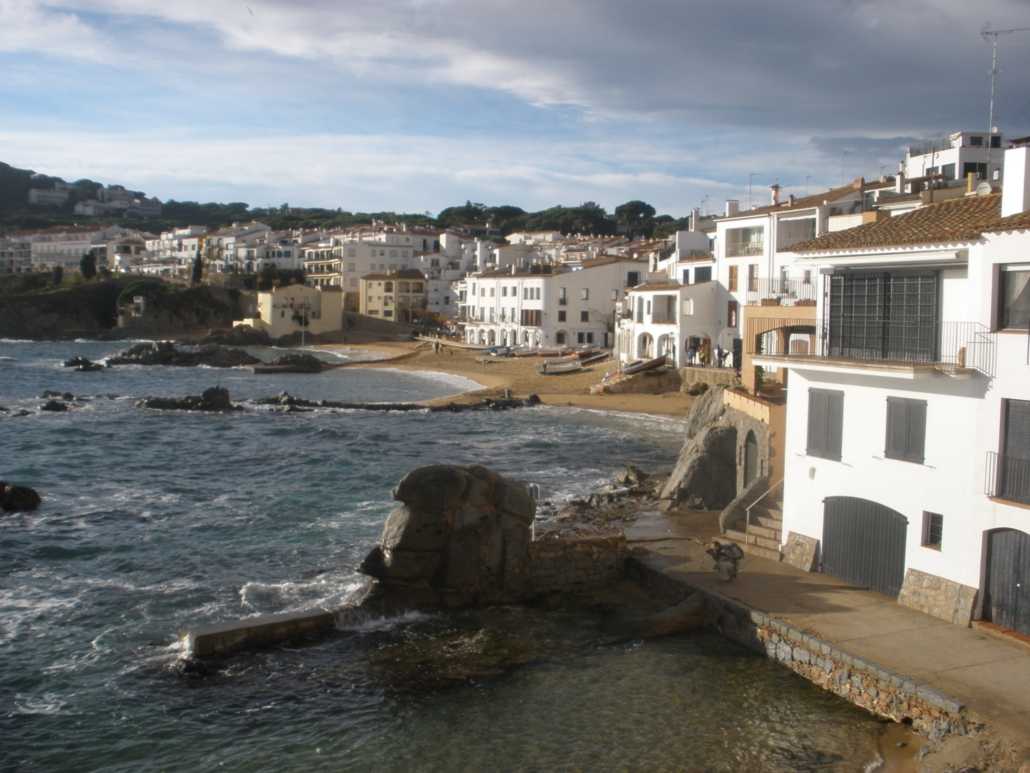
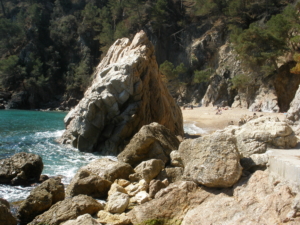
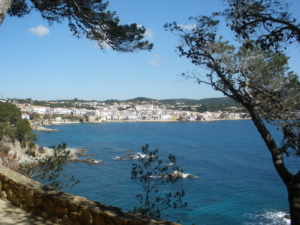
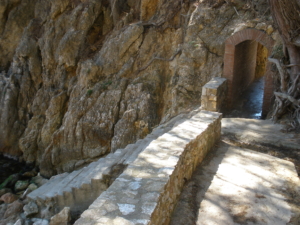
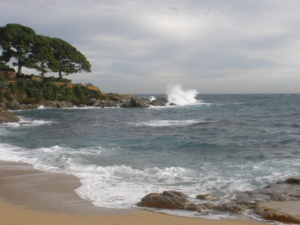
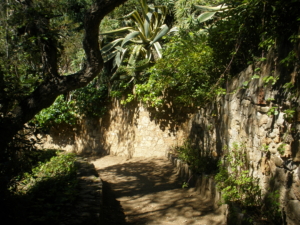
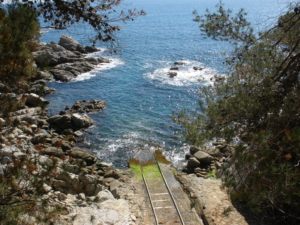
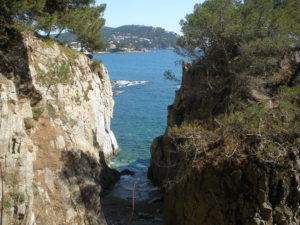
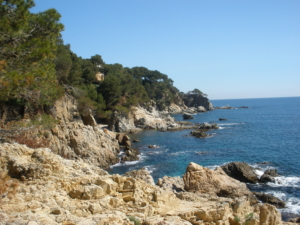
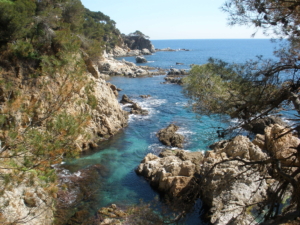
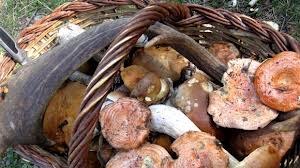
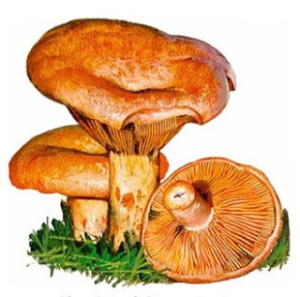
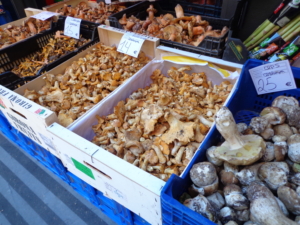 Equally important, if not more so, are the leisure or sporting aspects which means that, when the autumn rains come, large numbers of people, families and friends, go into the forests to enjoy a pleasant walk while filling their baskets with mushrooms. Cars seem to be abandoned in unusual spots along the country roads but their owners will be foraging in the forest nearby.
Equally important, if not more so, are the leisure or sporting aspects which means that, when the autumn rains come, large numbers of people, families and friends, go into the forests to enjoy a pleasant walk while filling their baskets with mushrooms. Cars seem to be abandoned in unusual spots along the country roads but their owners will be foraging in the forest nearby.